Estimated reading time: 08 minutes and a half.
November/2014 - The Tamron 24-70mm f/2.8 Di VC USD is another proof of this specification popularity on the photography market. Virtually every manufacturer have a wide angle to telephoto “standard” f/2.8 zoom, with a smaller than 3x ratio for high optical performance. But while most compete in the raw image department, Tamron is the only one that truly tried something new: adding a stabilisation module that both Nikon and Canon said to be impossible. It’s the first 24-70mm f/2.8 VC in the world, but not the most expensive, nor the most complicated, with an IQ level set to compete head to head with top of the line lenses. Does it work?
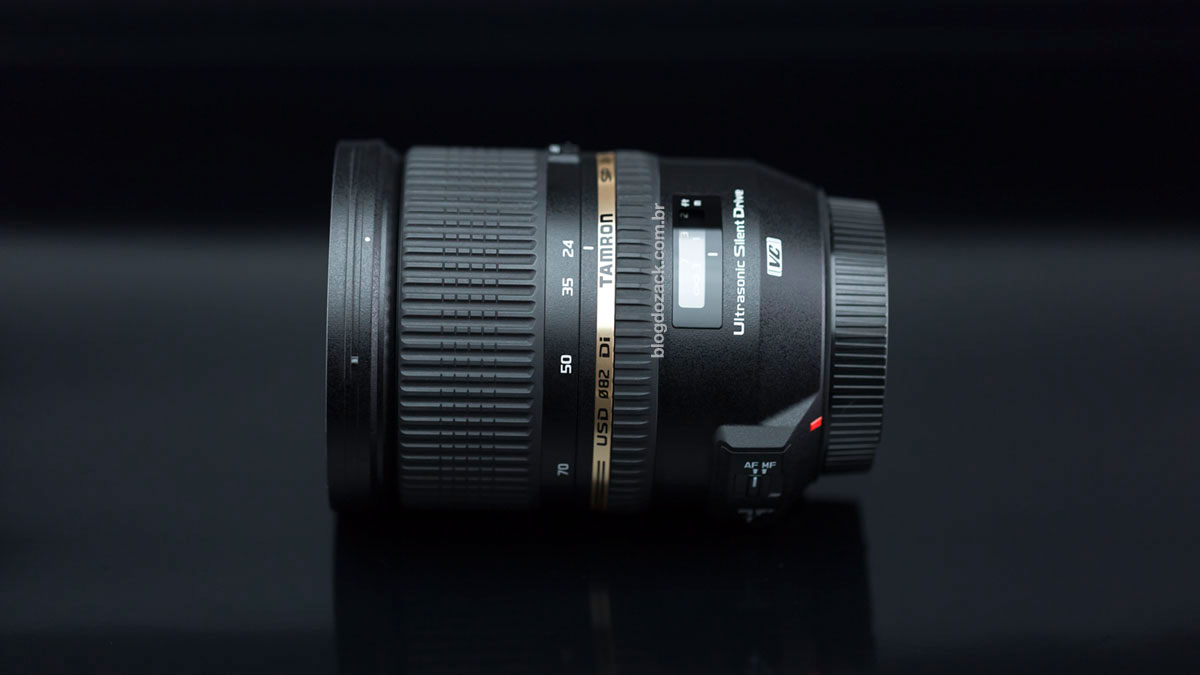
At 825g of 17 elements in 13 groups, Tamron defies the logic that both first party brands have been selling over the years. Especially Canon that loves to shout how they make things lighter, well, the 24-70mm f/2.8 Di VC USM delivers more functions than the EF L Mark II with virtually the same weight, raising some eyebrows about the true development that went on the luxury L line. And Nikon doesn’t care about the photographer as the 900g AF-S 24-70mm f/2.8G ED is an all metal, very heavy pig. But Tamron didn’t make major compromises: it is as well built as the Canon L, and a giant leap forward most kit zooms. We’re talking about their SP line (Super Performance), made to go head to head with top on the line first parties from Canon, Nikon, Pentax and Sigma.

Physically its main difference is the ring arrangement. On Tamron’s the zoom is at the front, far from the camera body and the photographer hands, feeling a bit lost. Your hands have to be too far from the bottom of the camera, and it balances weirdly; on Canon’s and Nikon’s first parties, the zoom ring is closer to you and much smoother to the touch. Because of that, the focusing ring suffers at the rear, losing precious space and being way too thin, less grippy, with a “dry” touch of plastic on plastic, although it’s smoother than the zoom ring. It is simply inferior to the other brands, and the gold band with the Tamron-logo-plus-all-letters-possible-to-describre-all-specs makes things worse. Please, manufacturers, stop pimping our tools!
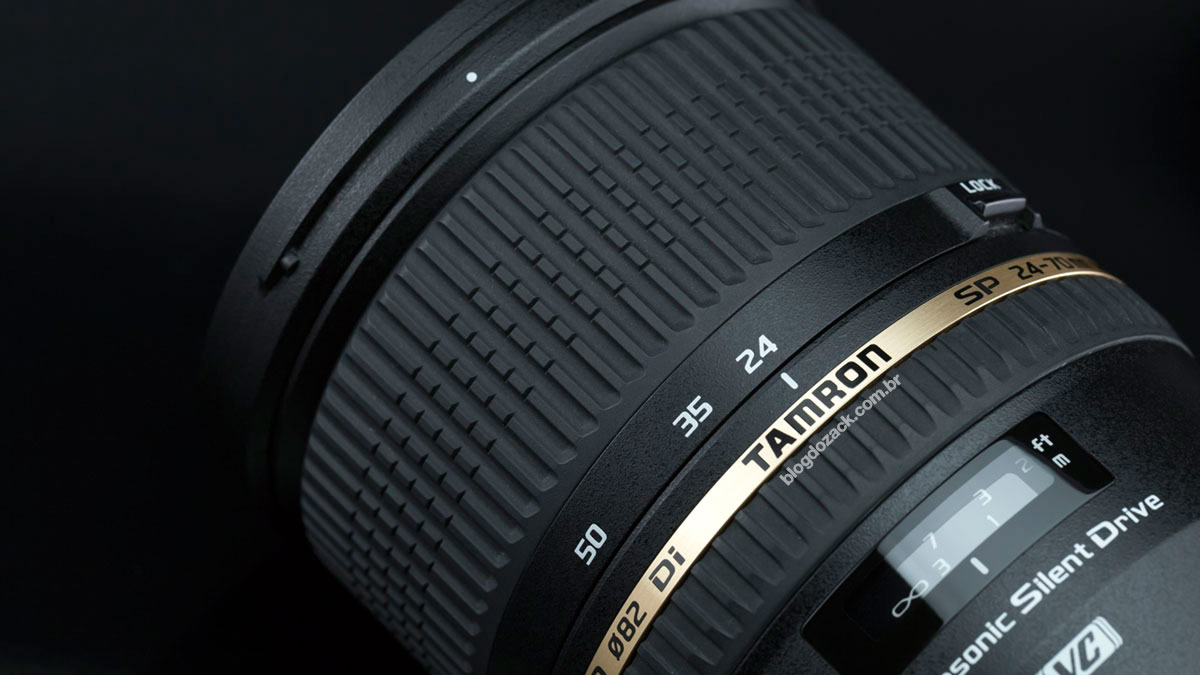
The zoom barrel expands when at telephoto, making the lens grow from 11cm to 14cm without the hood. It’s a single stage design and feel very well built, with no wobbling or noises when shaken. Well done. And remember the clock wise rotation, different from Canon’s counter-clock wise. The lens hood moves when zooming, also protecting the ø82mm filter thread inside. They won’t rotate and allows you to use some polarisers. Tamron’s doesn’t actually indicates where the weather sealing points are besides the rubber gasket around the mount, so I don’t know if you need a clear filter on the front to completely seal it. When in doubt, protect your gear against the elements.
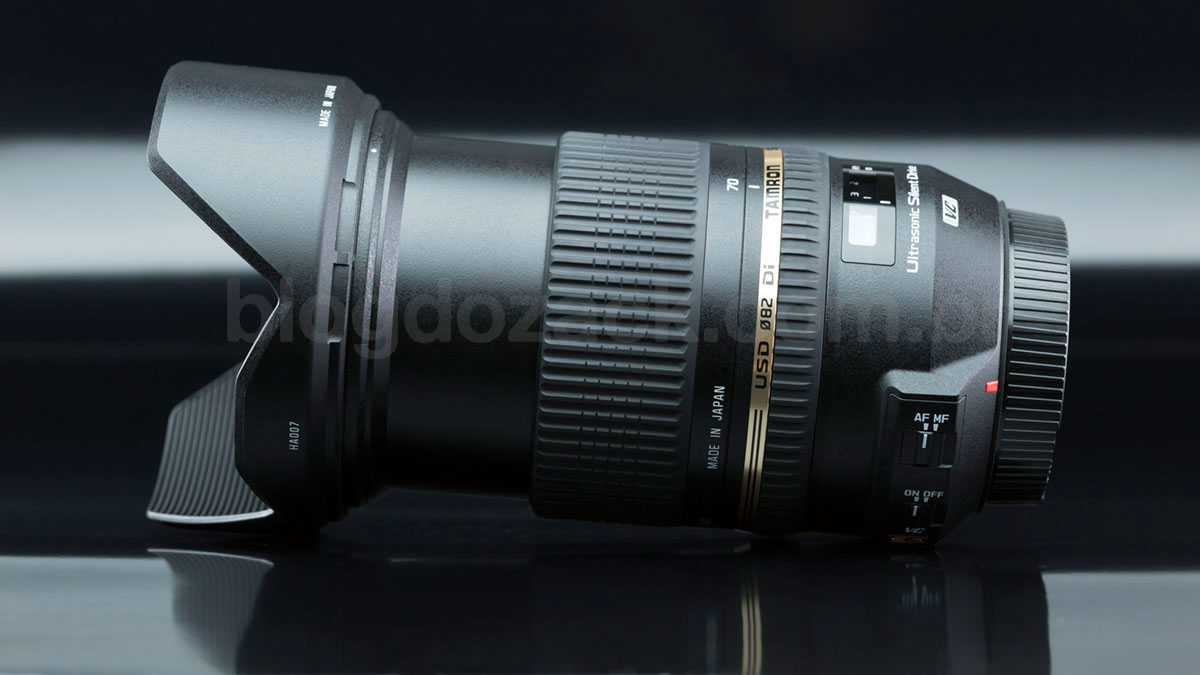
Inside the Ultrasonic Drive (USD) is completely silent but noticeable slower than the competition. The EF 24-70mm f/2.8L II USM is absolutely instantaneous, even too quick at times, and the Tamron USD feels sluggish trying to seek focus. It’s not too slow, actually adequate for street photography, portraits and still life. But if you’re into sports, the Canon L series will definitely show an advantage. During my EOS 6D testing I had no problems with its precision even in low light.

Its biggest headline goes to the VC implementation, that promises up to four stops of correction from the wide angle to the telephoto. And I’ve got admit, it is excellent! It is as discreet as Canon’s module, not abruptly jumping the viewfinder, working very smoothly and quietly. It’s great to shed a few milliseconds from your exposure, keeping the ISO low. It’s an old market request: a 24-70mm f/2.8 standard zoom with excellent depth of field control, luminosity, and stabilisation. And Tamron did it. It works, it’s possible, and now we’ll have to wait for Canon’s and Nikon’s answer.
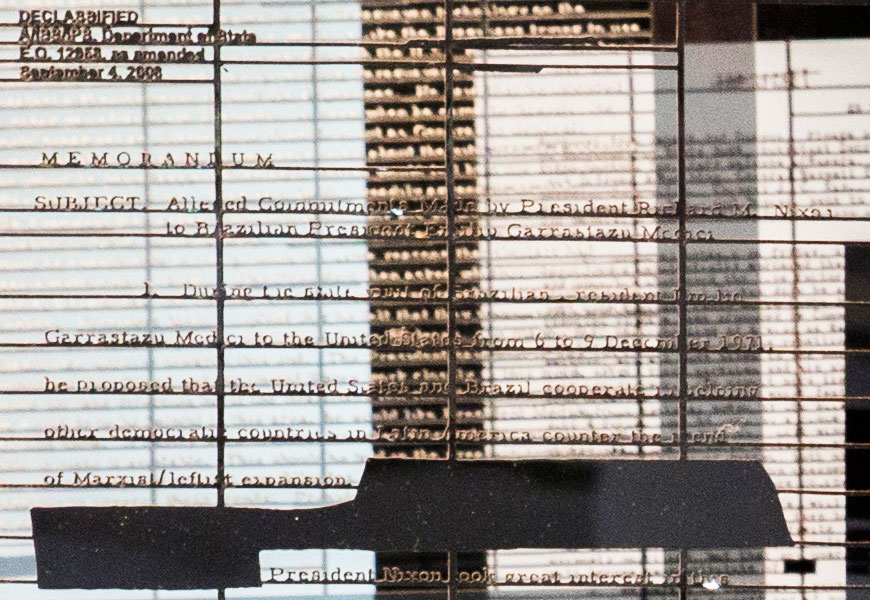
100% crop, VC did a perfect job holding everything in place.
Its controls are simple and easy to use with two ON/OFF switches for the AF and the VC, and a LOCK button to avoid zoom creep over the years. There’s a distance window with feet and meters markings and not much else to talk about its build. No, it is not as pretty as Canon’s and Nikon’s offerings and the rings positions are different. But it is as well put together as the EF and AF-S options, minus the extensive marketing press releases praising the goods from Canon and Nikon.
The very complex Tamron 24-70mm f/2.8 Di VC USD optical formula takes the best they can offer in glass technology. Usually this is “the” showcase spec on most brands, but Tamron really pushed themselves with various aspherical elements, one hybrid aspherical (to different shapes on each side) for perfect axial CA correction; some low dispersion pieces for the lateral CA; but no special coatings to enhance contrast and give some personality to your images. And that’s what we got: relatively well controlled aberrations, high resolution stopped down, but dull photos, with no saturated colours nor high contrast straight from the camera. All photos with the Canon EOS 6D.
It won’t win any performance awards wide open, specially around the corners. While the center is excellent to render details and contrast, the edges fall behind in terms of resolution and details, that turn into mush. It’s lagging far behind the spectacular Canon EF 24-70mm f/2.8L II USM and the US$700 price different is very obvious. It’s not useless but’s it the same old story: we’ve seen better on blog do zack, and I wasn’t expecting stellar performance from this Tamron.

“\X|\ 2” at f/2.8 1/45 ISO640 @ 24mm; we saw this exactly same photo on the Canon EF test, but notice how dull it looks from the Tamron file…

100% crop, although the resolution at the center is excellent wide open.

100% crop, reasonable at the center…
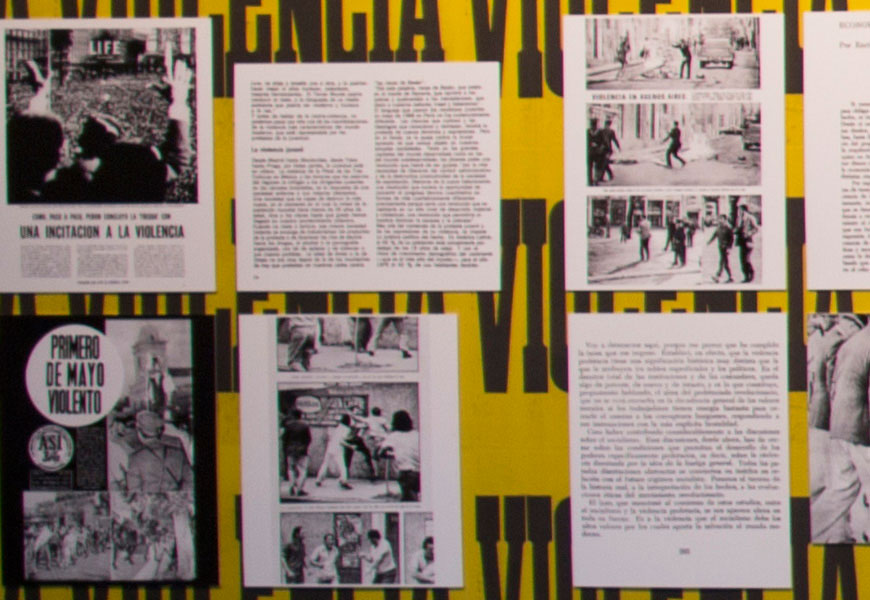
100% crop, but frame edges just can’t keep up with the competition.
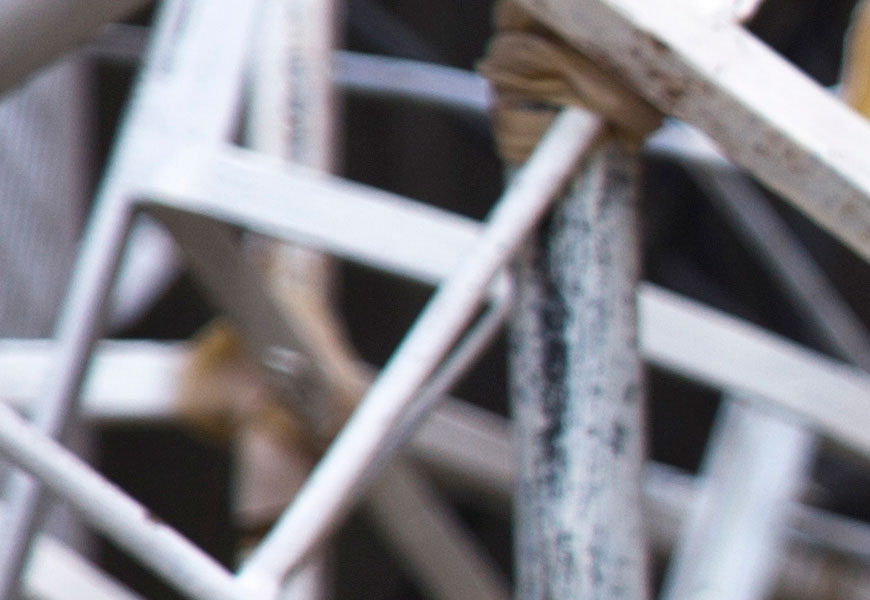
100% crop, some traces of axial CA on the out of focus areas.

100% crop, the contrast level is not as high as the Canon EF L II.
It’s one of those lenses that require two or three stops down to raise the image quality. At f/8 it delivers similar prime files, and then we have a professional, flexible tool to work with. And if you think that stopping down is a disadvantage, think again. Closed to f/8 and with the help of the VC you can get fairly long depths of field even at closed venues, great for architecture.

“Bienal” at f/13 1/10 ISO2000 @ 24mm. A very long depth of field at a closed venue, shot on a full frame camera.

100% crop, fine details are all there.
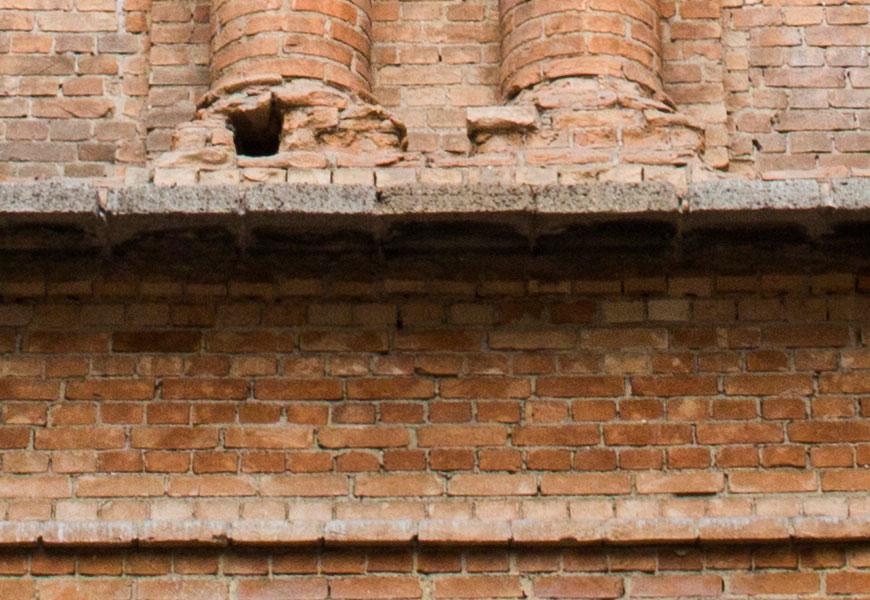
100% crop, the resolution is great with any camera and sensor type.
For the type of photography I work with, at art galleries and exhibitions, the VC implementation is a welcome addition to get easy f/8 files without a tripod. I rarely need f/2.8 + shallow depth of field photos at an art gallery and most of them don’t really welcome the tripod. It takes too much space, need special attention not to bump on anything, and even require some staff with me at all times to manoeuvre it. A f/2.8 stabilised lens gets rid of all that. It’s much better to simply stop down your lens and rely on the VC to keep everything sharp, adding the low noise from the ISO.
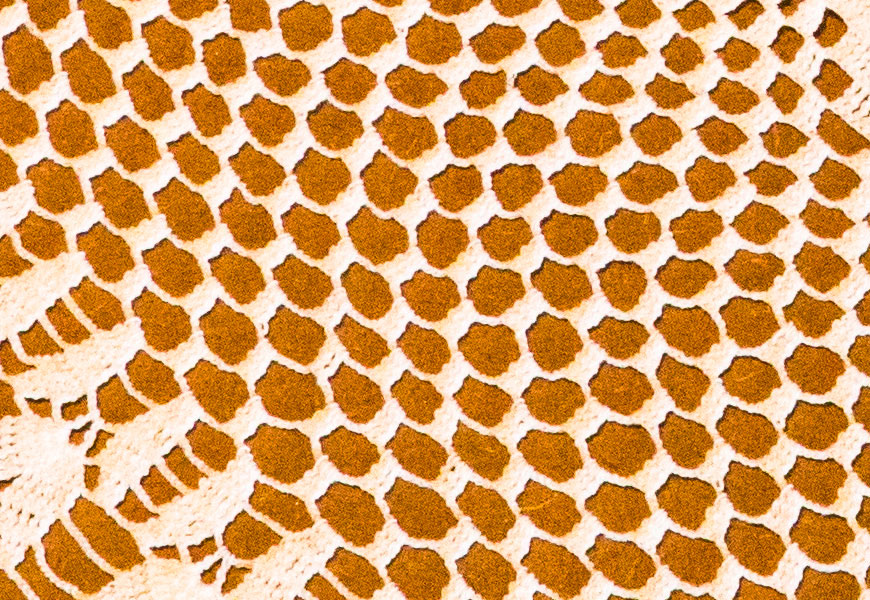
100% crop, excellent resolution for a zoom lens.
It just works. I got 1/13 exposures inside the São Paulo Bienal that I’ve never taken before, as they won’t allow tripods at all. Tridimensional subjects that demand longer depths of field can be shot with modest ISOs compensated by the VC + slow shutters. And creative effects, like the motion blur from people walking by can be done handheld at any time, just holding your breath.

100% crop, impeccable resolution.
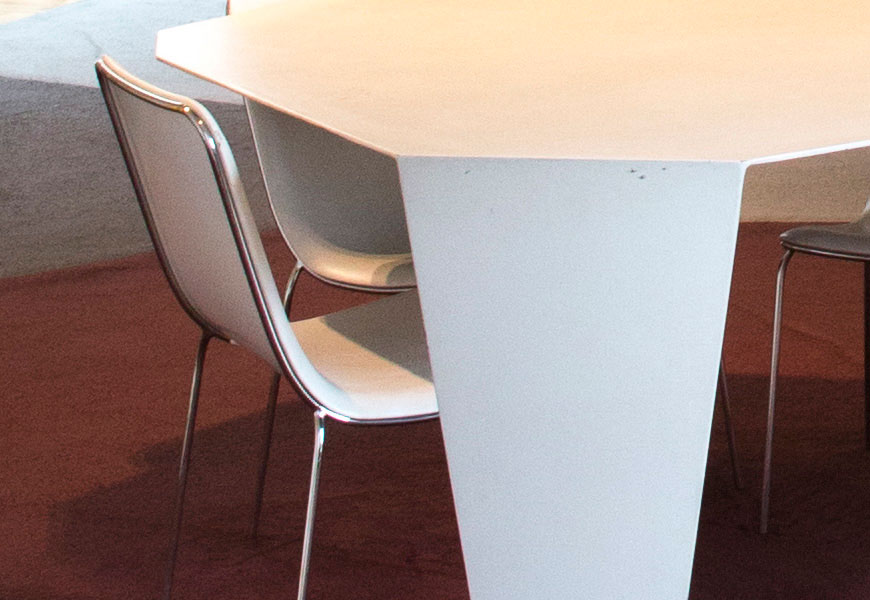
100% crop, excellent sharpness at f/8.
But if shallow depth of field is more your thing, the f/2.8 aperture will do it as well. It is pronounced at closer focusing distances on the telephoto end. And I judged the bokeh reasonably good for a zoom formula with no repetitive lines nor the “neon effect”, with brighter halos around the edges. But some highlights do get a “ripple” effect due to the many aspherical elements.
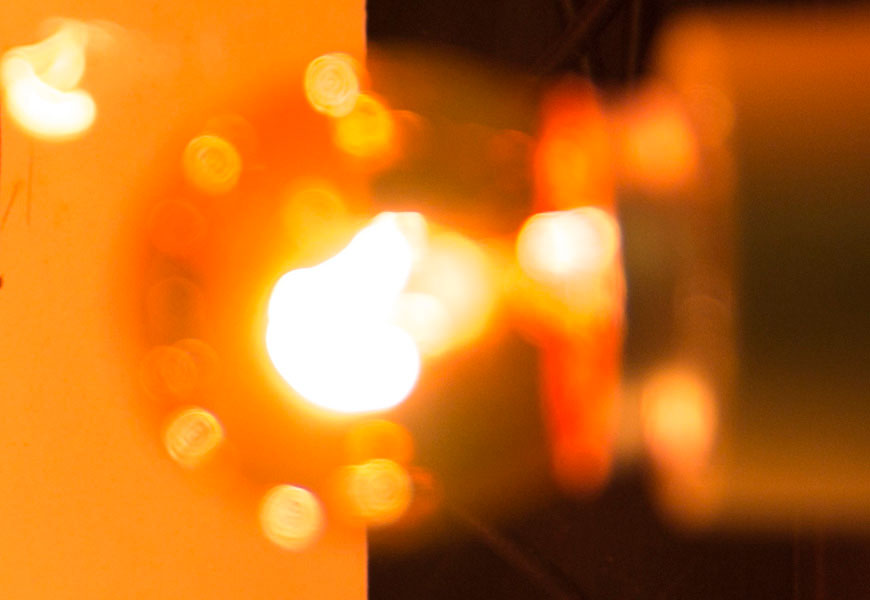
100% crop, bokeh quality.

100% crop, notice the concentric lines.
“Auto-retratos” at f/8 1/20 ISO640 @ 24mm, a very high distortion ratio…Colours are excellent considering it’s not a first party lens and balances well with Canon’s EOS colours science. But the geometric distortion is very high on both ends, mustache type at the wide angle and pincushion at telephoto. Thanks to Adobe’s Camera Raw, you can download Tamron’s profile and correct it with a single click on Photoshop and Lightroom.

“Cores” at f/8 1/10 ISO100 @ 64mm, saturated colours demand a healthy boost during the raw post processing.

“Cores 2”, at f/8 1/10 ISO100 @ 64mm. Raw file available at Patreon.
Considering the US$1299 price tag and specs, the Tamron 24-70mm f/2.8 Di VC USD would be a no brainer for everyone. But something weird happened: I’ve read about it and it did show on my copy. There are some lenses with a misalignment issue rendering one side much sharper than the other. Sometime it happens, sometimes it doesn’t. I tried blaming the VC module, turning it off, but not getting different results. It can completely destroy your files when it happens:
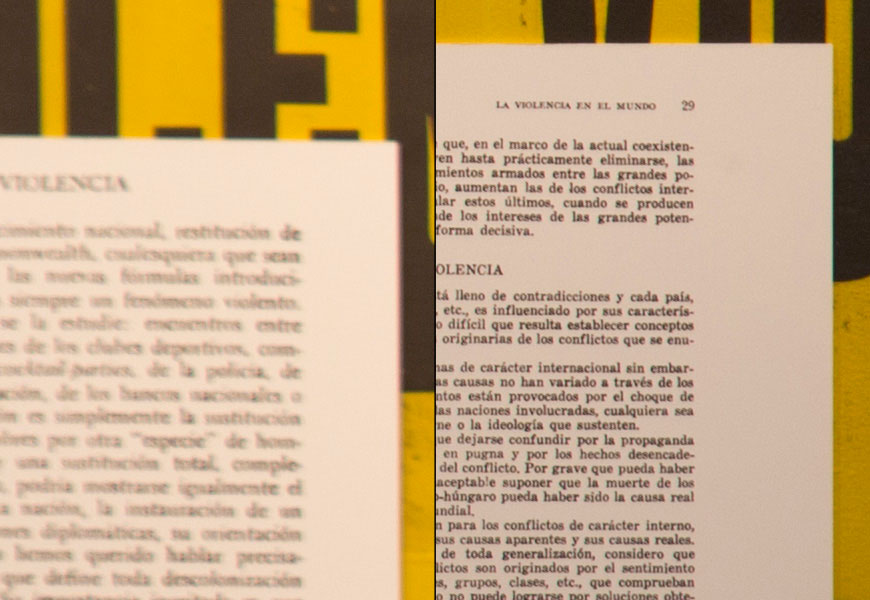
100% crop, a bizarre misalignment between left and right…

100% crop, didn’t happen here!
That’s why I can’t really recommend the 24-70mm f/2.8 Di VC USD without further testing. Sigma was plagued with a similar problem prior to the new Global Vision quality standard and I believe Tamron should create something similar with their products. Because they did produce a potentially good zoom lens. It’s a good idea: a large aperture zoom with image stabilisation. But its dull files, very high geometric distortion and quality control issues are hard to justify at US$1299. Maybe they aimed at a very low price, when they could ask for a bit more but also delivering a bit more. It’s almost flawless for what it is, but in this case, Canon and Nikon have been delivering flawless goods overall too. But Tamron is just not on the same league. Nice shooting!